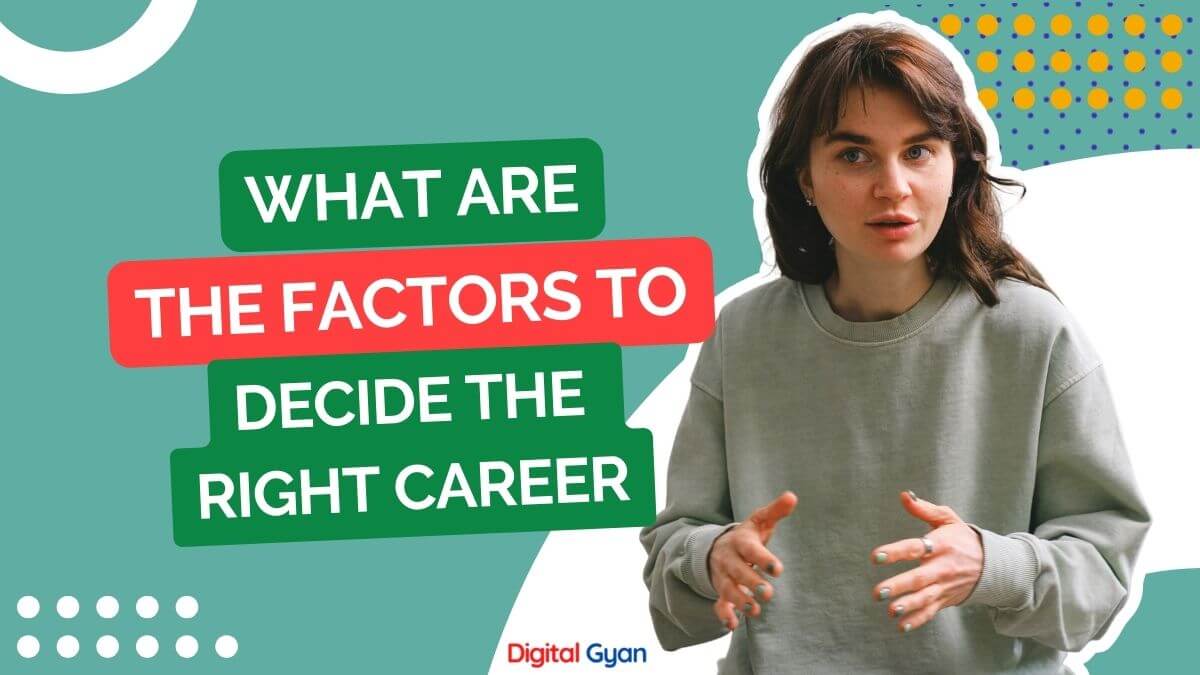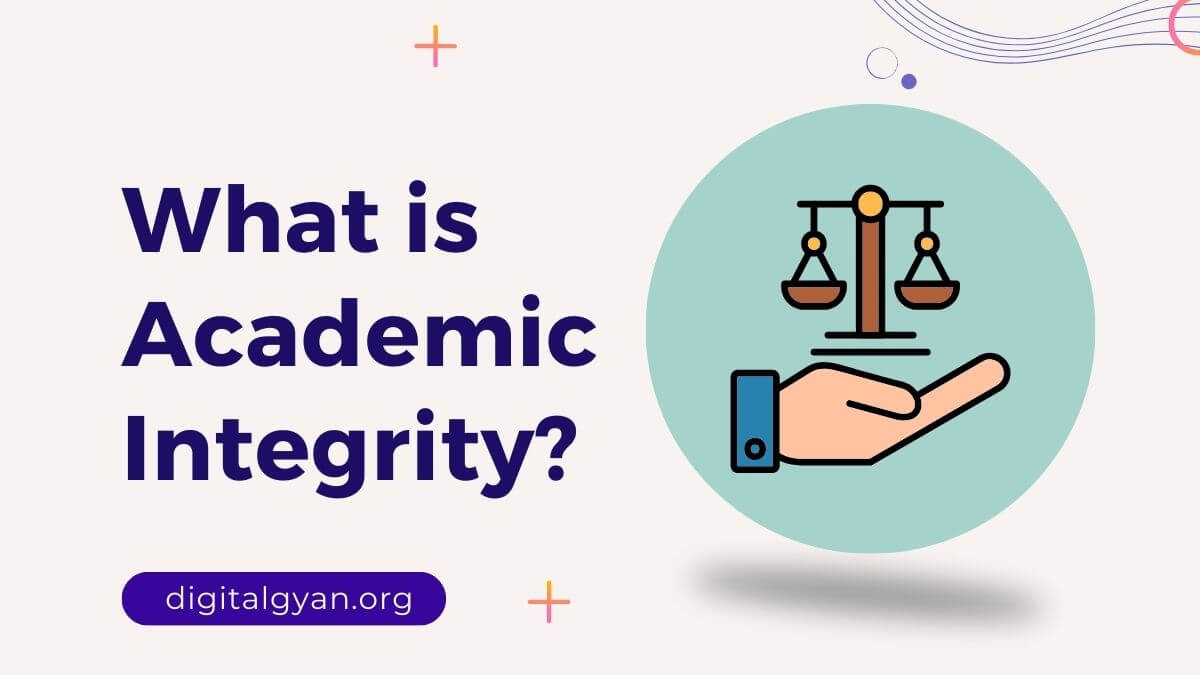What is a strengths-based approach in social work practice?
A strengths-based approach; is a simple phrase that has different meanings for different people but an approach that, when done right, opens up many possibilities. A strengths-based approach can be used in any intervention in any setting with any client group, including caregivers, and by any social or healthcare member of staff.
Strengths-based Approach
The Care Act puts a strengths-based approach at the centre of any intervention, placing the individual and not only their problems, at the centre of the process and highlighting ‘What is strong’ rather than ‘What is wrong’; identifying the resources, someone has within themselves as well as who and what support they have around them.
This ensures that all their strengths and talents are identified and considered in all interventions. Not just their needs and personal outcomes, such as what is essential for them or what they would like to achieve. The core duty of the Care Act is to promote individual well-being, which is broader than meeting eligible needs.
Interventions become holistic, person-centred and outcomes-focused, which are key elements for a strengths-based approach and will result in better outcomes and lives for individuals. We are all different, and the Care Act recognises this as individuals. As individuals, we have multiple skills, knowledge, talents, character traits, relationships and abilities.
Social care interventions should consider all of those rather than a one-size-fits-all based on the catch-all labels such as disability, dementia or simply ‘old ‘. When we look beyond these labels, the excellent potential is revealed. Ann is a 67-year-old woman who speaks two languages, has a wide knowledge of international affairs, politics and environmental concerns.
She speaks confidently, is very organised, reliable and is witty. She loves interacting with people, learning and teaching. Ann is not just an elderly, lonely person with hearing and sight loss who is finding it very difficult to manage around the house and unable to go out on her own. See what we just did there: We unfolded Ann.
We found out about her beyond her needs, illness, or impairment by asking the right questions and talking to Ann. Rob is a 75-year-old man who lives with his wife in a first-floor flat, and he has one daughter who lives in another city. Rob has difficulty communicating, and up to now, his wife and daughter have spoken to professionals on his behalf.
Rob has a care package to support him and his wife as a carer. Rob had a fall, and a reassessment had to take place. The practitioner commissions an independent advocate, LeAnn, to maximise Rob’s involvement in the process. During the conversation, we discover that Rob loves being outdoors and is an amiable person with difficulty expressing himself verbally.
But he has many manual abilities. Does it sound familiar? And the unfolding of possibilities and strengths doesn’t stop with the individual. Their many facets, needs, and talents integrate with their wider world. Carers, friends, family, community and professionals are all essential elements in their life texture and well-being.
We support the individual through a strengths-based approach to identify their outcomes, needs, strengths, social and family networks, and other universal resources available to them. We can then work together to determine how strengths and individual and community resources can improve their lives.
This may be, for example, the local council, their skills or knowledge, a friend, library, neighbour, health club or a social group. And for practitioners, a whole lot of extra work during an intervention? No. When we talk with individuals, we have to create relationships based on a collaborative process that will enable us to explore their strengths, needs, and personal outcomes. We need to move away from asking questions on a form to having a conversation and building a relationship; move from: ‘What problems are you having preparing a meal or getting out of a house?’ to: ‘What does a good day look like for you?’ It is generally not easy to identify one’s strengths – and adults and carers can find it difficult.
There are useful tools, such as asking the right questions, strengths mapping, motivational interviewing, recovery model, Three Houses, etc. These can support practitioners and individuals in identifying strengths. They are all different, and there isn’t a one-size-fits-all as individuals are different. Using these tools, people can discover assets and strengths they have or could have access to, which may be through local facilities, professionals or their talents – or those of a friend or family member. Strengths and assets come in many shapes, sizes and ages. When we – practitioners – and individuals work collaboratively, we open up that simple circumstance of each individual and unfold a whole world of possibilities.
So, what about Ann? The practitioner supported Ann to contact the nearby University. Many overseas students there need help with their English conversation skills, and now Ann is visited twice a week by students – and enjoys the company and the teaching. Ann now has something to look forward to, which helps increase her overall sense of well-being.
And Rob? The strengths-based approach has helped identify Rob’s gardening interests and knowledge. Rob lives in a flat with no garden, but his first-floor neighbour has a garden and doesn’t know how to take care of it. So they agree to work on it together once a week or so – and Rob is delighted with this idea.
His wife, who would not think of this, is also pleased and will get a break from her caring role every week. Sometimes individuals need support to get involved in the process. We must look at how we can do this by Changing times for meetings, locations, bridging gaps in communication needs, providing an independent advocate, etc.
So when we take a strengths-based approach, we look at the vast array of skills and assets of and around the individual. We can involve and link with family, community, organisations, practitioners, local authorities or facilities and services – in working out the best way for their well-being to be promoted.
And most important, we work together towards achieving the best possible lives and outcomes for individuals—a strengths-based approach – unfolding extraordinary lives and developments.

